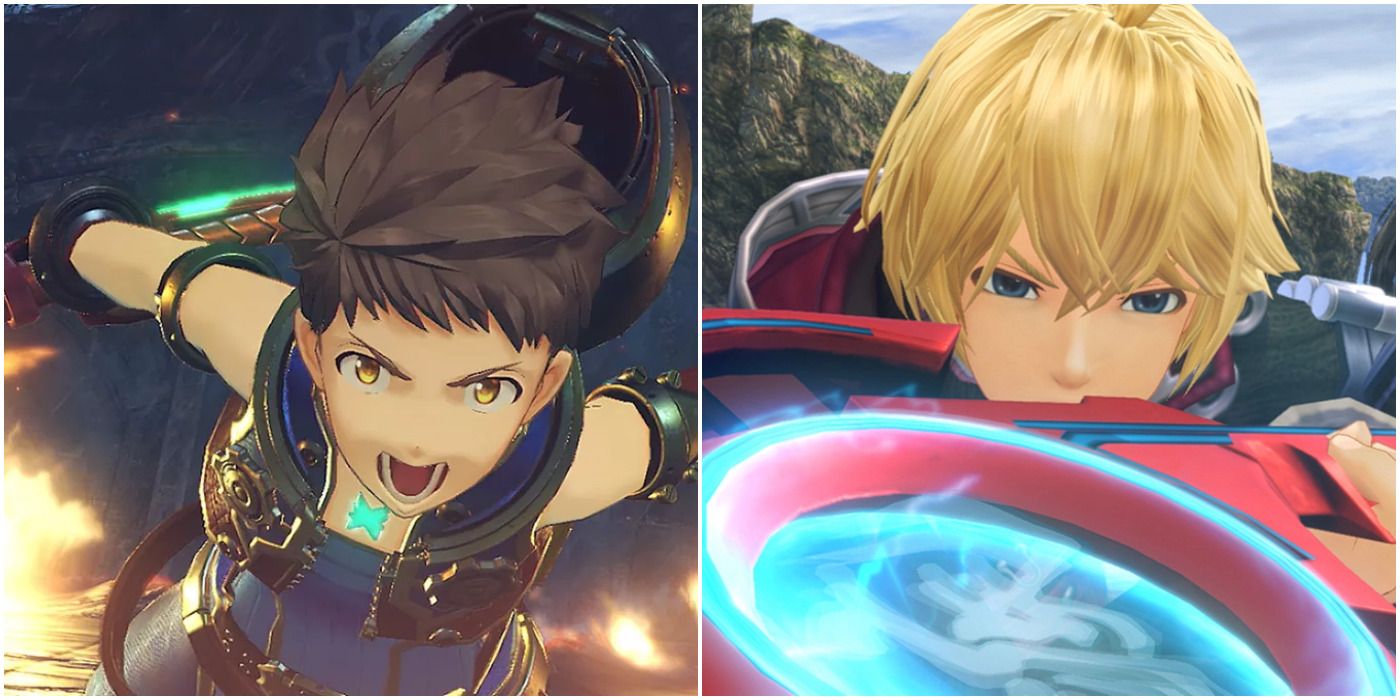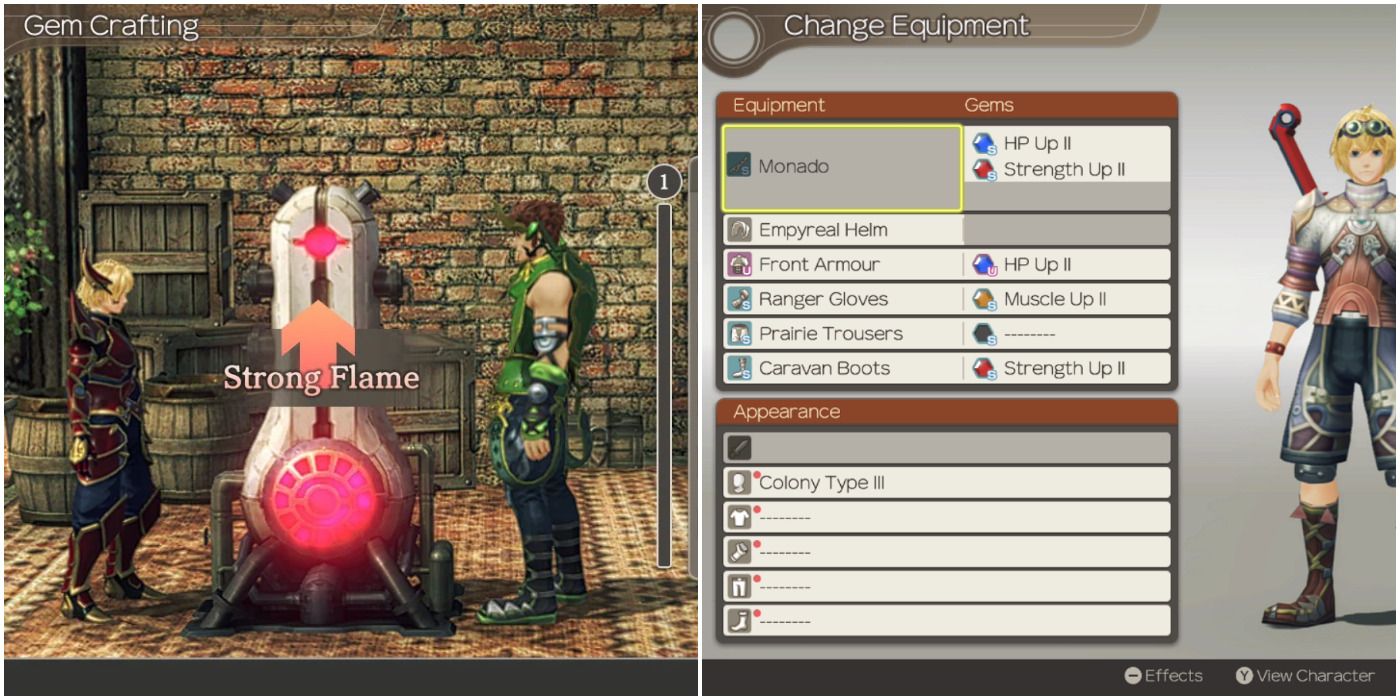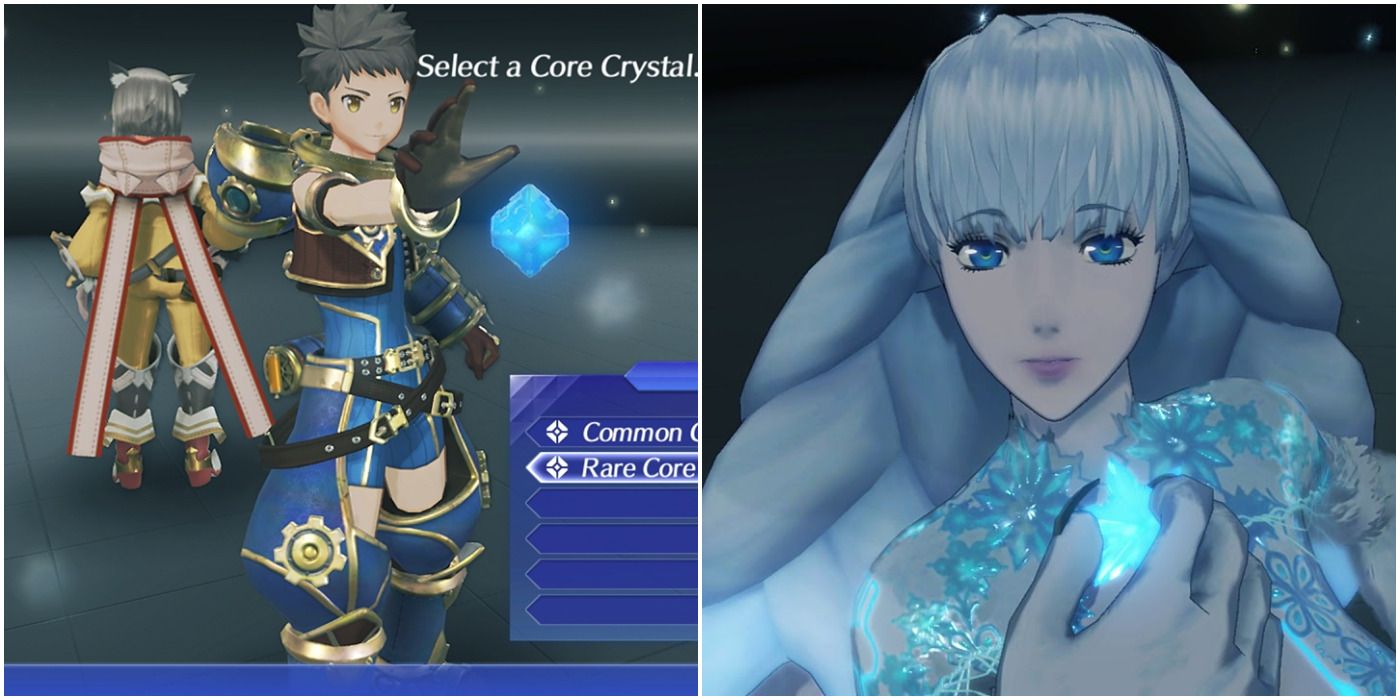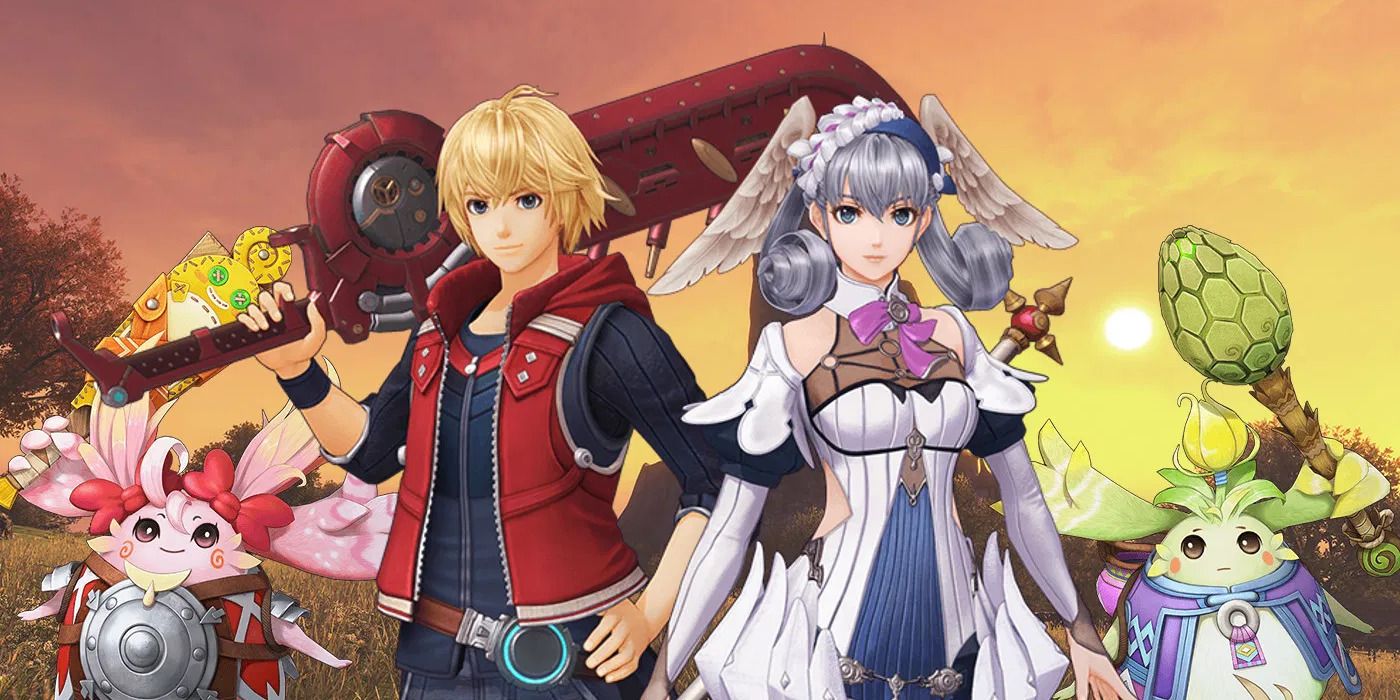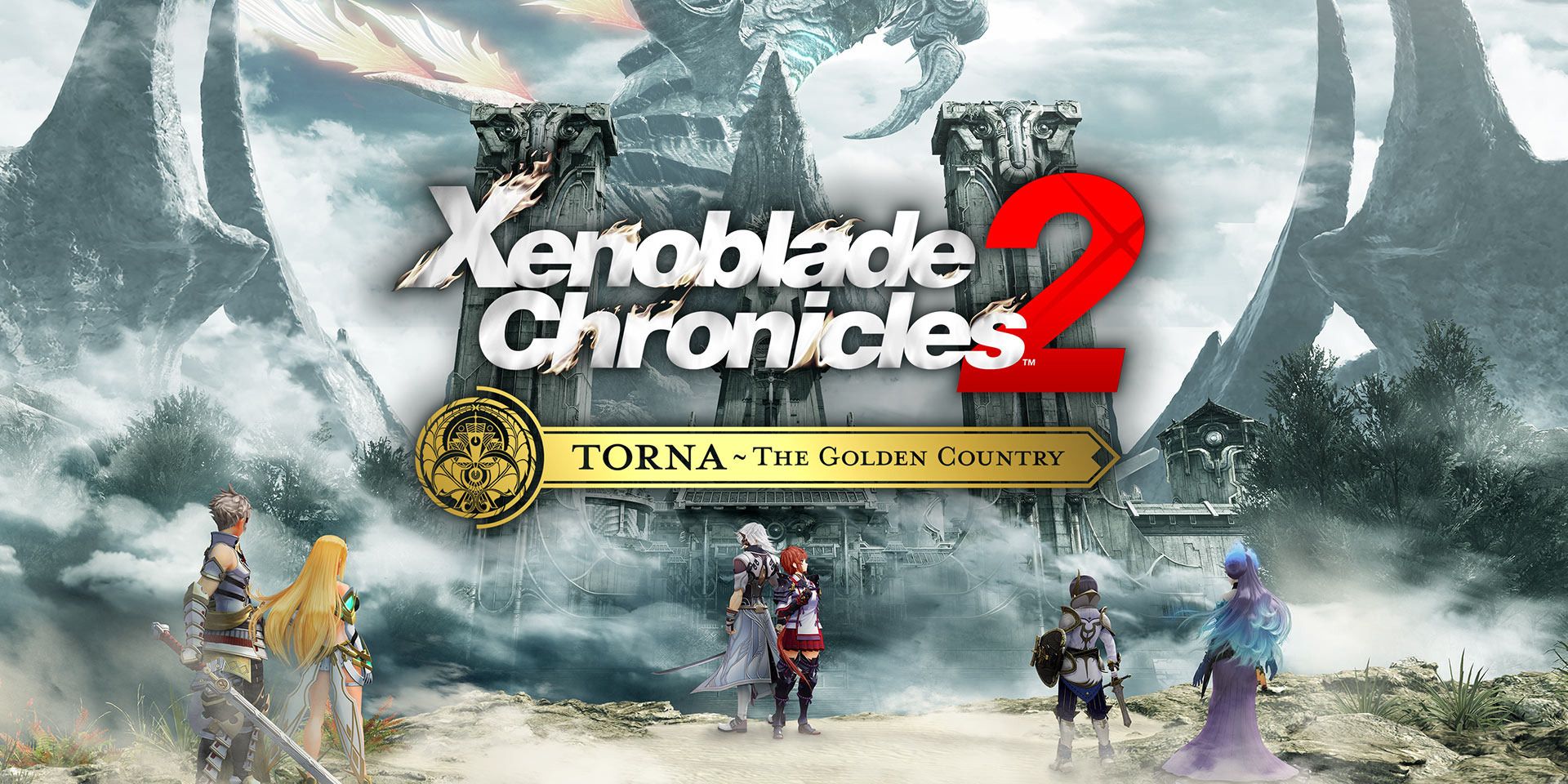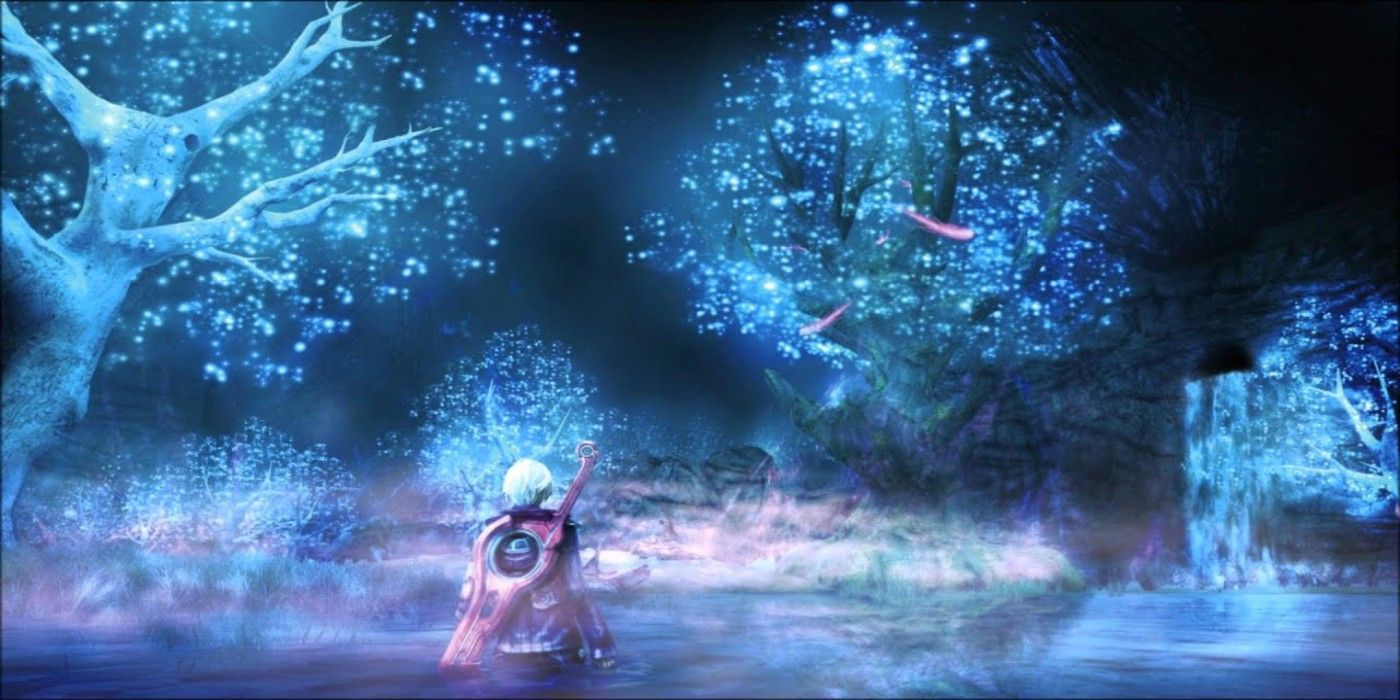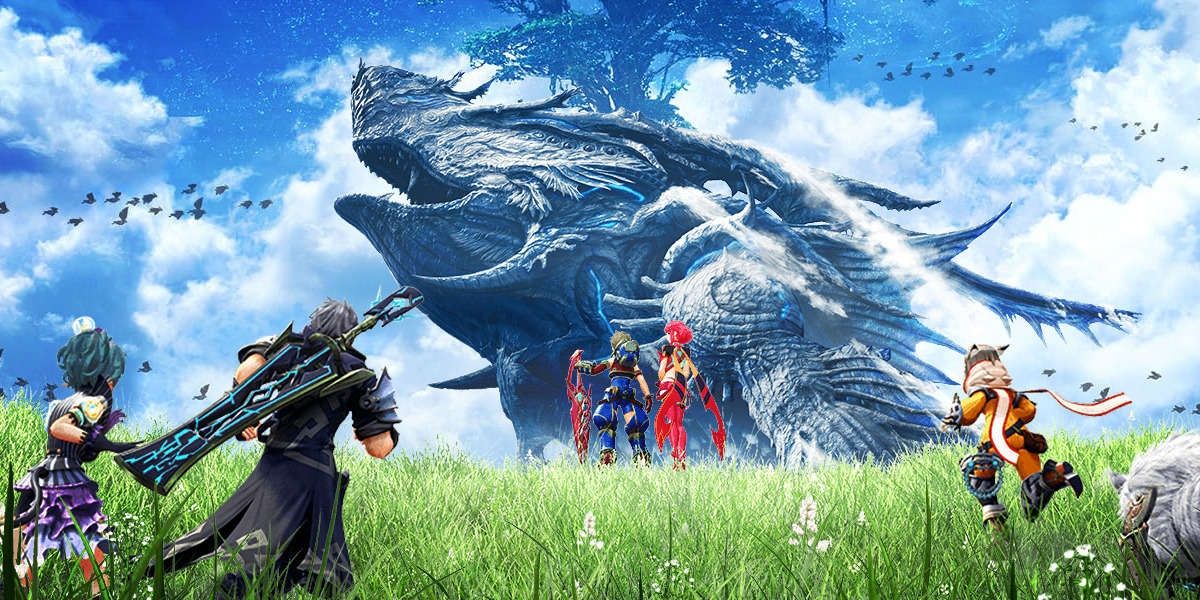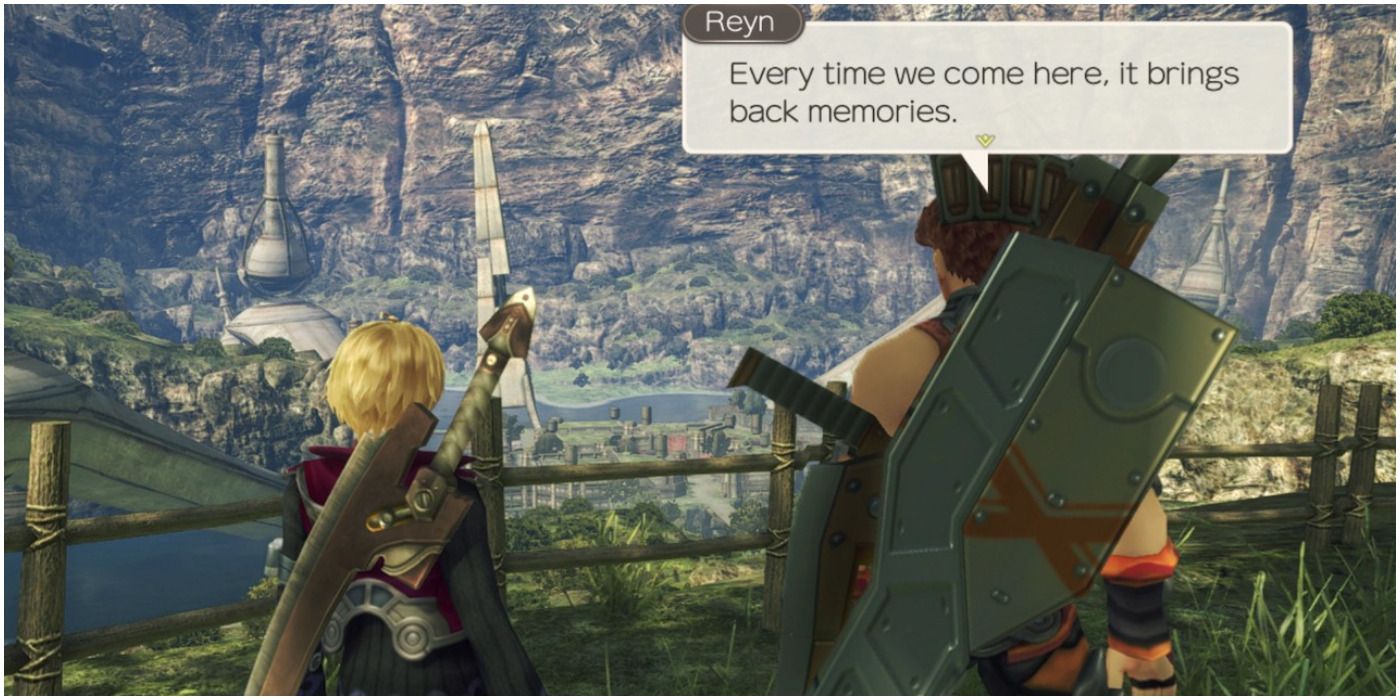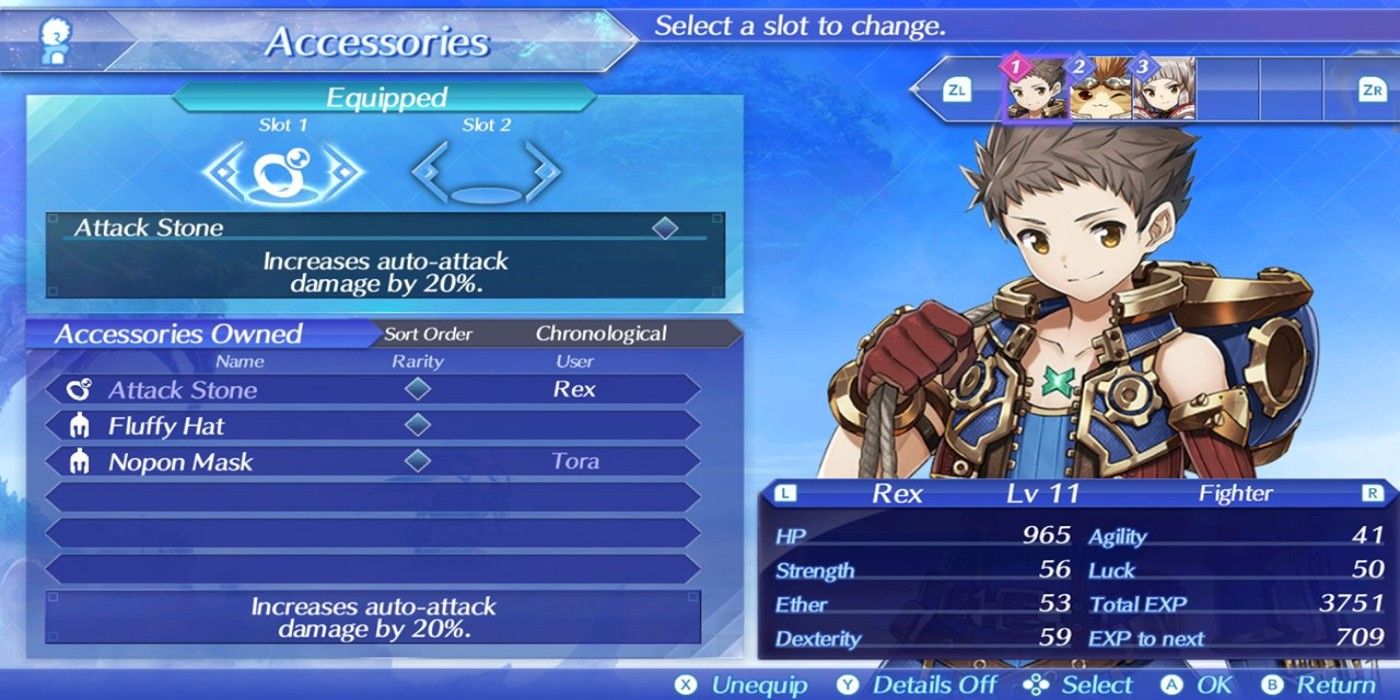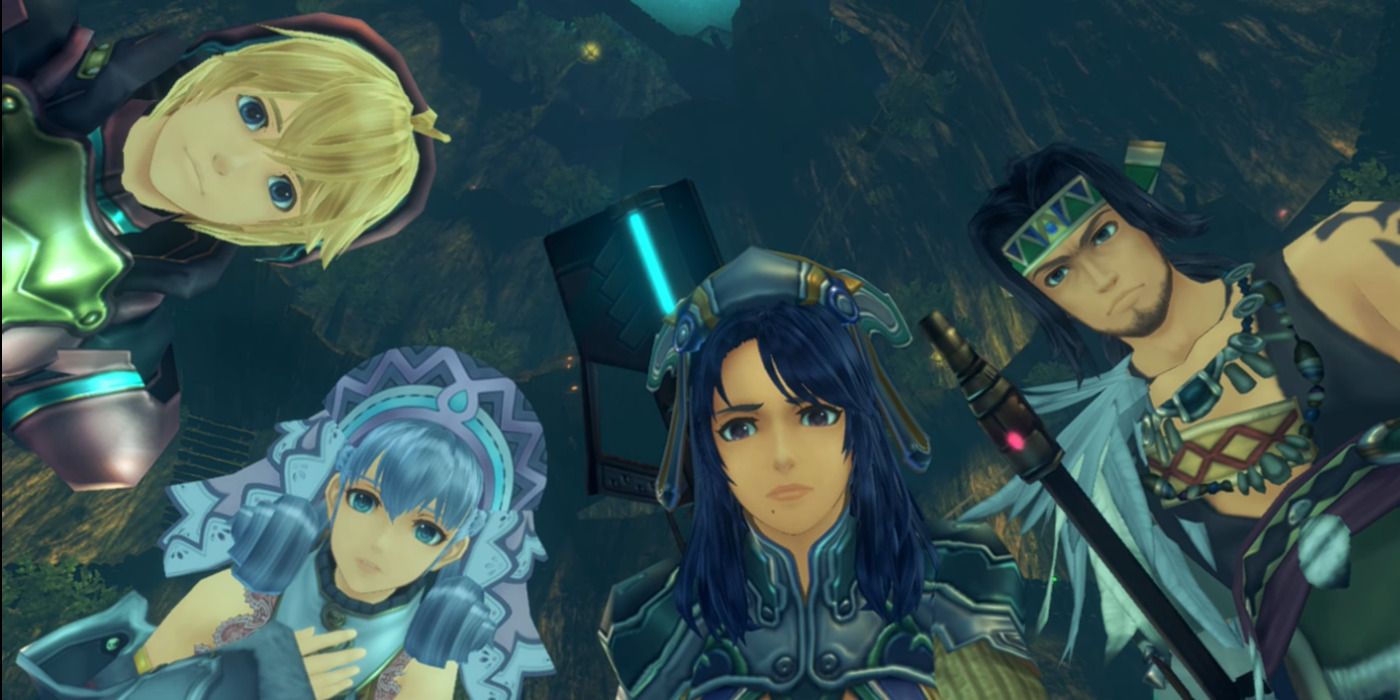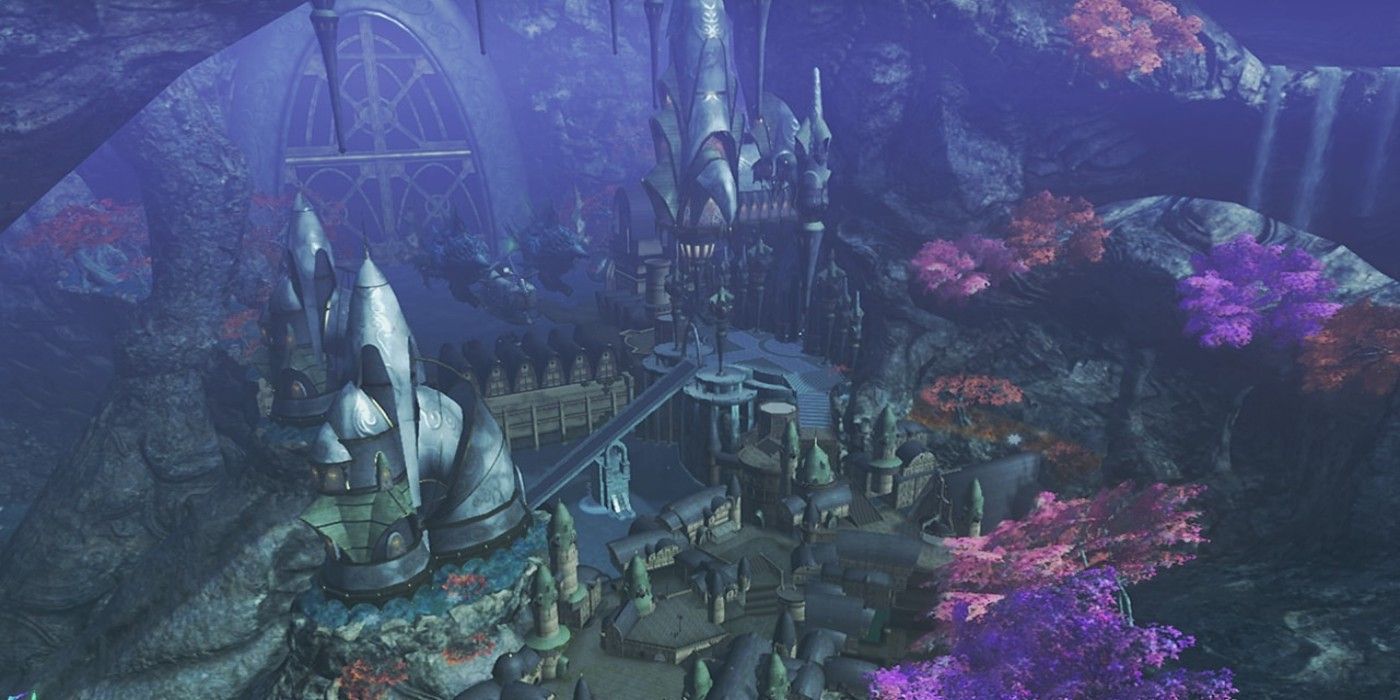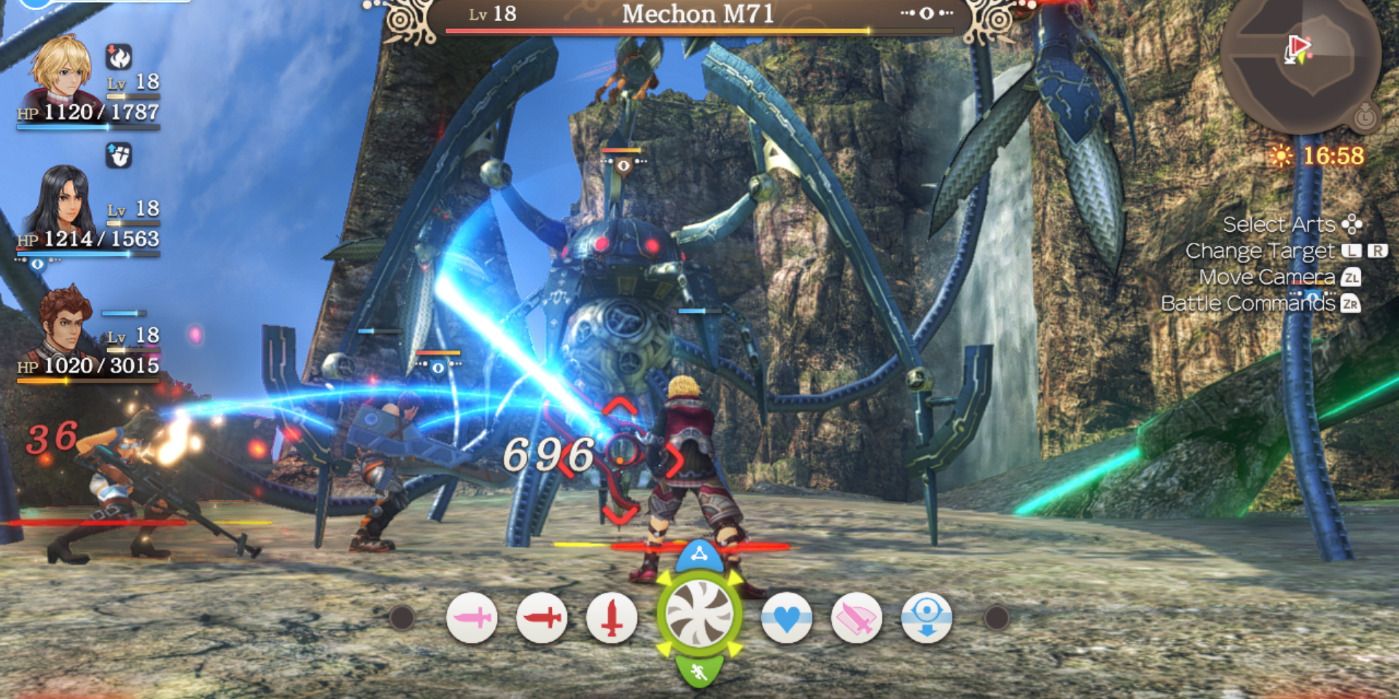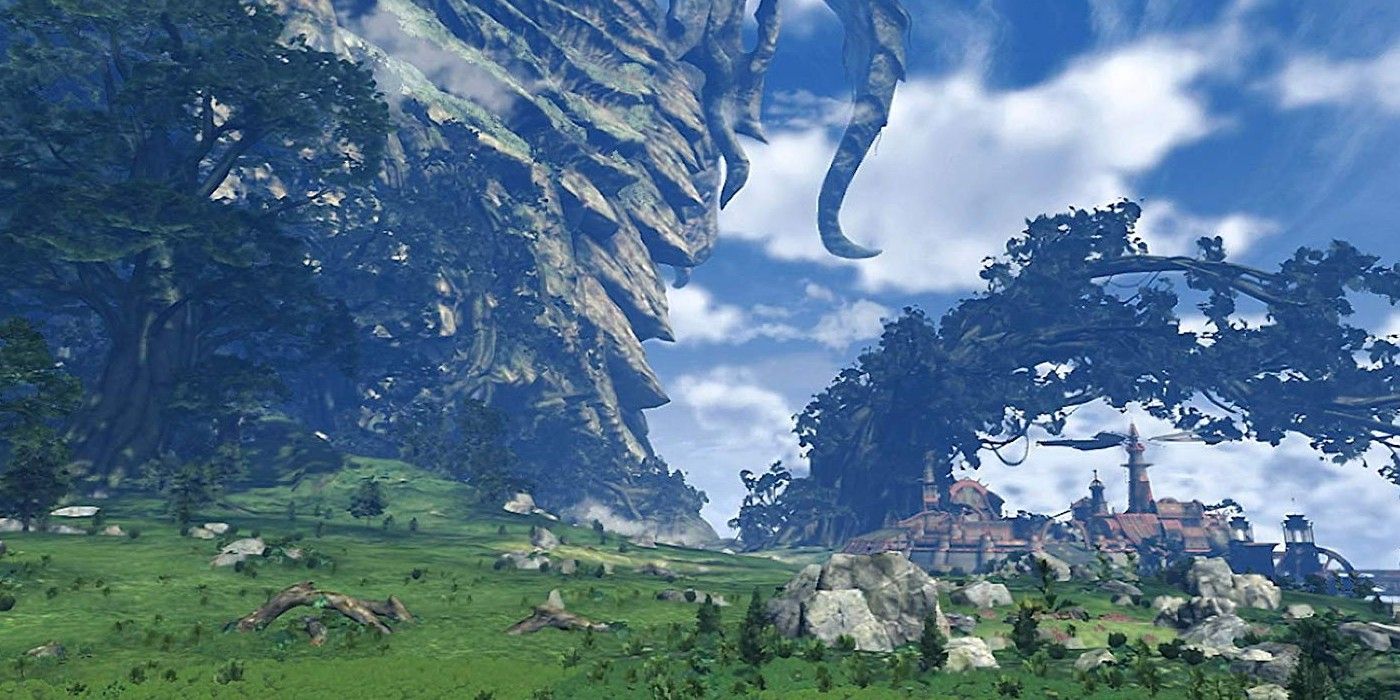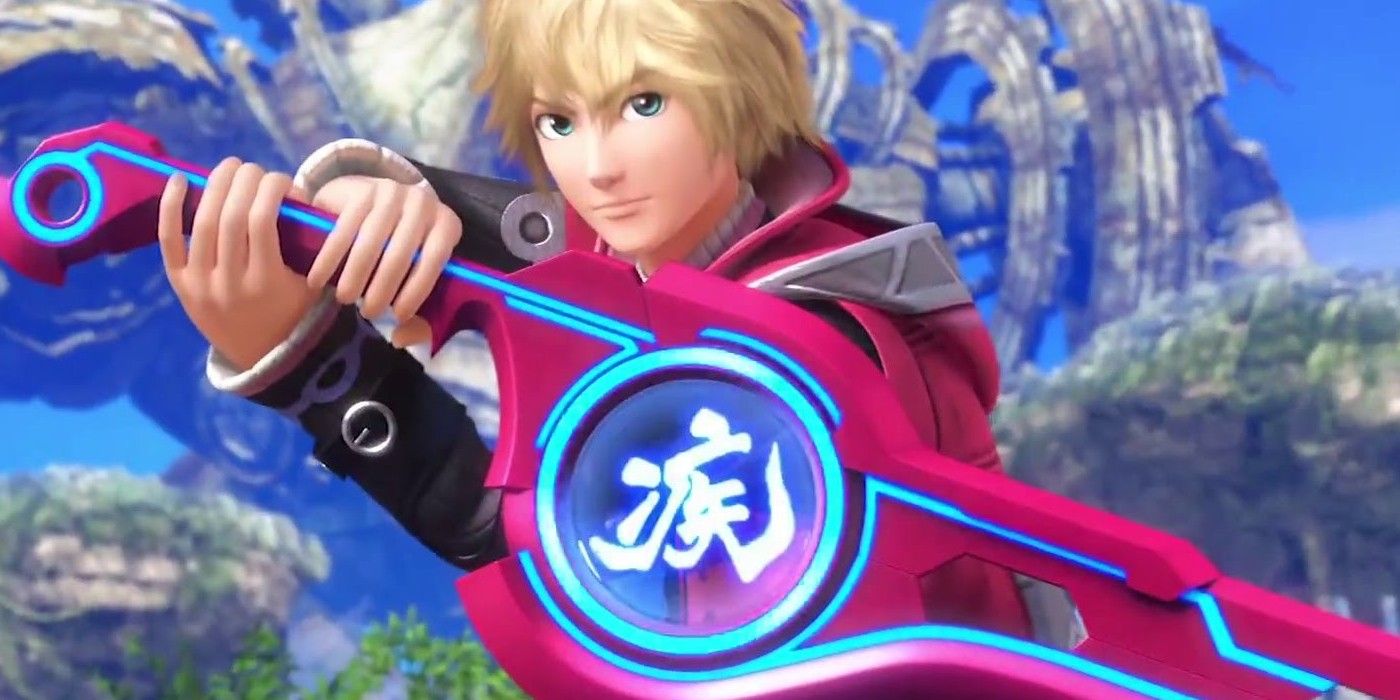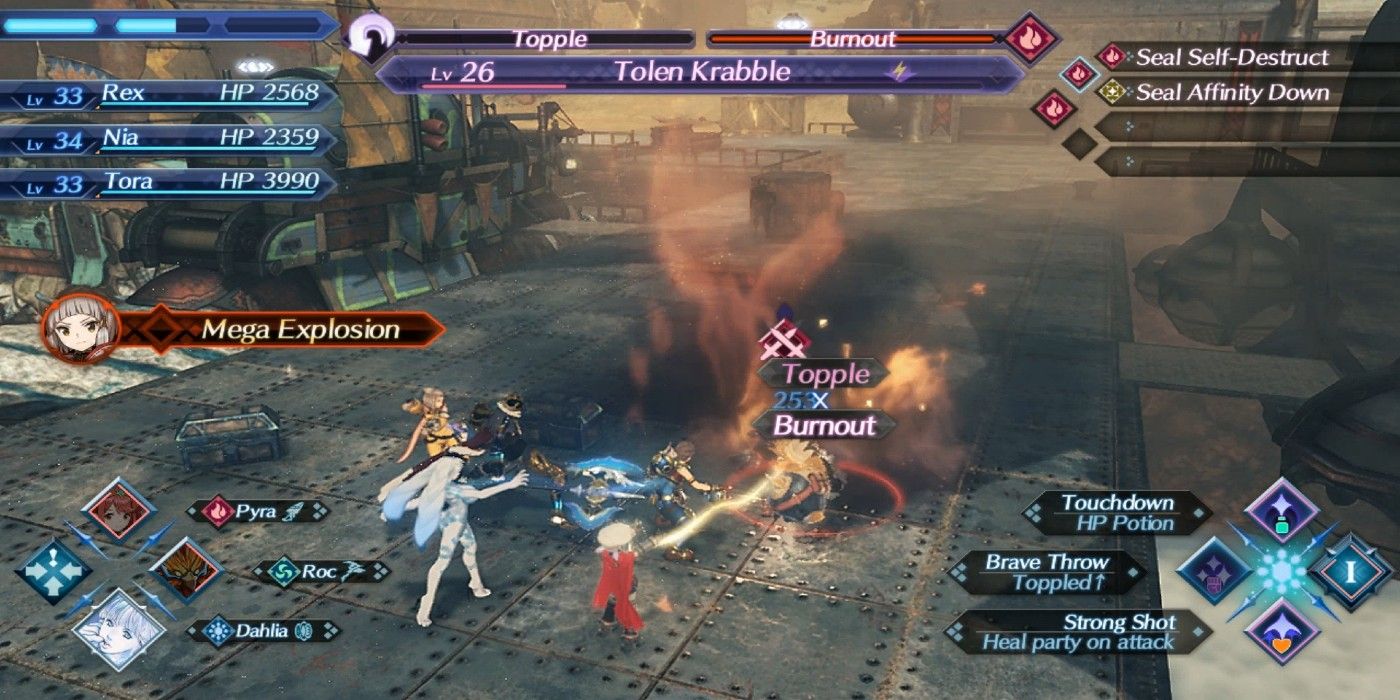Monolith Soft surprised Nintendo fans everywhere with its announcement of a lavish, open-world RPG called Xenoblade Chronicles for the Wii in 2010. Although the classic title remained region-locked for sometime, devoted fans helped to finally get a global release. The title would later be ported to the New Nintendo 3DS and, in 2020, the Switch.
The game's enthralling tale full of twists and turns, the memorable characters, and unique combat system captivated fans, making for one of the standout JRPGs of the decade.
Fast forward several years later, and the studio was back in full force; this time with a full-blown Switch sequel, released at the end of 2017. While many traits of the original were retained, various aspects were tweaked, refined, and added to make this experience stand out from its predecessor.
But which of these great games is better, and where does each excel? We'll seek to hash this out below, as we cover 5 strengths for each iteration of the mainline Xenoblade games.
Updated February 9th, 2021 by Tanner Kinney: Despite how few Xenoblade titles there are currently released, each inspires fans in different ways. Each is a radically different experience despite being cut from the same cloth. Even Xenoblade Chronicles X has its fair share of fans, although it isn't considered a true sequel. The only real downside came in the visuals for XC1 being somewhat outdated for the longest time. With the release of the Switch remaster in 2020, both titles are on the same console and available for direct competition. When deciding between which title is superior, the margin has become even more razor thin.
14 Xenoblade Chronicles: Extensive Equipment Customization
Although it might be more of a burden than a boon for some players, Xenoblade Chronicles stands out from other titles with equipment system. While XC2 simplifies the process of equipping external pieces of gear, XC1 gives the player a ton of flexibility in how they build their party members. Since each party member can fulfill multiple different roles in battle, the equipment system needs to fit their different roles as well.
While gear pieces are numerous (often overloading the inventory in unwieldy numbers), the expression comes in crafting and applying gems onto pieces of gear. Gem crafting is a bit of a hassle, but the rewards are some really unique stat and passive buffs that play a major role in battle strategy. For example, a build might focus Reyn more on dealing incredible damage as opposed to just tanking hits. Riki, with his numerous talents as the Heropon, has many different builds to employ in battle. It's a bit needlessly complicated, but it's something that makes the game special.
13 Xenoblade Chronicles 2: Risk-Free Gacha Thrills
Gacha games are incredibly popular in the mobile game market. Despite the ethical issues that come with the translation of gambling into game format, it is absolutely thrilling to try and get rare drops and flex on other players. The system used for summoning new Blades in XC2 is a shameless gacha, complete with gratuitous designs for the rarest characters, and works surprisingly well.
The number of rare Blades in XC2 is quite high, despite their overall rarity in being summoned from crystals. When replaying the game, it's likely that a player won't get the same blades in the exact same order. This helps differentiate playthroughs as it will set players on different paths through completing side quests and other objectives. And at its core, it really just feels good to get that rare pull and see the unique summoning cutscene. It's a bit of extra flavor that XC1 doesn't have.
12 Xenoblade Chronicles: Future Connected is Refreshing
One of the additions made in Xenoblade Chronicles: Definitive Edition was a new epilogue story, titled Future Connected. The story follows the events of XC1, focusing on Shulk, Melia, and two new Nopon characters to help round out the party. Much like XC2's DLC campaign, the combat retains much of its base elements with some new additions added to make things fresh.
While the short and sweet story doesn't compete with the sweeping opera contained in the base game, it's still refreshing. Fans will enjoy the opportunity to spend more time with Shulk and Melia, along with expanding on the world. It isn't earth-shattering, but it is a nice change of pace after completing the main game's story.
11 Xenoblade Chronicles 2: Torna ~ The Golden Country is Incredible
Although not included as a free addition to the game, Torna - The Golden Country is basically an entirely new game built within XC2's gameplay engine. The story follows the mysterious Jin and his Driver, Lora, as they assist the legendary Addam in defending the world. The story requires the context of the base game's narrative, but helps to expand on some of the more confusing or unexplored aspects of the narrative.
While many players felt the narrative in XC2 to be somewhat weak, Torna tells a concise story that's equal parts heartwarming and heartbreaking. With a more limited cast of characters, it allows them to flourish and develop in ways that the main cast of XC2 was lacking. Plus, the music is even better and the combat is just as good as it is in the base game. It's a worthy addition to the game, and fans of the series might enjoy it even if they didn't enjoy XC2.
10 Xenoblade Chronicles: The Music
Like many other JRPGs, both games indeed contain terrific music. Yet, the original iteration of Xenoblade takes the crown when it comes to the majestic, distinct melodies. In a game like this, the atmosphere is crucial, and Monolith Soft delivers with a gorgeous, dynamic soundtrack that immerses you into the colorful realms of Bionis and Mechonis.
You have an impressive range of themes, melodies, and emotions conveyed in each track - from the exciting, epic combat music to the gorgeous, serenading melodies of the Satorl Marsh at night. The remastered versions of the soundtrack are hit-and-miss, but the songs that did improve really shine. Xenoblade 2 is similarly great, though it's a bit more straightforward and a bit less diverse in style.
9 Xenoblade Chronicles 2: The Visuals
Given the context of Xenoblade Chronicles being on more limited hardware, it was a nice-looking game visually. And it certainly shines in some ways, especially in terms of its thick sense of atmosphere. In the remake, it shores up a lot of weaknesses of the dated hardware while retaining a lot of the charm. Still, when it comes to the overall sleekness and vibrant visuals, there's simply no contest.
Xenoblade 2 dazzles with some gorgeous visuals, which are consistently crisp, vibrant, and colorful. The environments are chock full of depth, and the draw distances are truly impressive for Switch software. Moreso than the first game, the many Titans of Alrest feel like living, breathing worlds.
While the over-the-top "waifu" design of some of the Blades and the cartoony anime-style of the models may not be for everyone, overall it's just a beautiful game.
8 Xenoblade Chronicles: The Narrative
We won't risk spoiling the epic, shocking ending that comprises the original Xenoblade, suffice it to say that it goes beyond the typical tropes you'd expect of an RPG. Aside from just the unique concept of the clashing Titans, there's tons of depth and emotional impact in the plot, with plenty of introspection and growth for Shulk and company. Things start humbly, before escalating to a crescendo of epic plot-points rife with twists and turns.
While Xenoblade Chronicles 2 has its gripping moments with its unique Blades and likable characters, it tends to succumb more to the typical "hero saving the world" cliche.
7 Xenoblade Chronicles 2: More Accessible
With the original Xenoblade, there's an ambiguous and convoluted feel to much of the gameplay. The way the menus and overall interface is laid out can be somewhat confusing at times. Tutorials are frequent, but don't do a whole lot in explaining the intricacies of anything outside of combat. The Definitive Edition shares the same problem, with maybe a dash of extra visual clarity. Revisiting this game after many months of not playing can have you aimlessly flipping through menus and wandering around lost, looking for the next thing to do.
With the sequel, the gameplay feels more streamlined and clear for most of the experience. Waypoints are more abundant and apparent, and you're given clearer instructions (without crossing the line into "hand-holding" territory). Sure, tutorials are interrupting gameplay well past the opening hours, but that's preferred to a lack of direction.
6 Xenoblade Chronicles: The Characters
The slew of unique characters that make up Xenoblade 2 are likable enough, with perhaps the exception of the annoying Tora, who repeats "meh" like an annoying tick. But much like the narrative, the original rendition presents a cast that just comes across as more rich, interesting, and deep.
Not only do the characters pop with some outstanding voice acting, but the motivations and conflict of characters like Shulk and Dunban shine through and enhance the narrative, vs the more two-dimensional Rex and company. It's probably not a great sign when many of Xenoblade 2's villains and Blades are more interesting than our large cast of heroes.
5 Xenoblade Chronicles 2: More Interesting, Diverse Settings
Sure, the concept of having two major gods or "Titans" as settings with opposing styles is cool. Still, Xenoblade Chronicles 2 wins out when it comes to its array of environments. They're not just large in mass and quantity, but they also tend to be more diverse in their traits. While Bionis and Mechonis did have a range of areas within them, ultimately most adhered to the unifying concept of either an "organic" or "industrial" vibe.
In Xenoblade 2, flying to unique floating continents guaranteed that you were in for a rich and distinct experience for just about every major quest. One minute you'll find yourself traversing winding roads in Rex's majestic homeland; the next you'll be trekking through the huge industrial Mor Ardain or gazing at the gorgeous foliage of Uraya.
4 Xenoblade Chronicles: More Focused Combat
Although XC1 doesn't always do the best job of spelling things out for you, it at least tends to have a more focused, unified approach to its combat and overall goals. The centralized use of the Monado and simpler system of quests and progression keeps things more manageable as a whole. Plus, each character has multiple defined roles they can fill in combat, allowing for varied compositions.
Xenoblade 2 seems to throw a hundred different things at you at once, making for an overwhelming experience at times. You've got an ever-changing system of Blades, various skill trees, Elemental Arts, Aux Cores, and various other elements to tinker with and swap out. At times, you'll even have to seek out items for your Blades to use just to pass obstructions. These things can feel like a chore and take you out of the otherwise awesome experience.
3 Xenoblade Chronicles 2: More Depth And Content
One of the draws to RPGs is how large they are in scale, as well as how dense they are in terms of content. While both games are pretty massive, the Switch sequel wins out, even when discounting the Torna DLC which adds a couple dozen more hours to the experience.
Given the myriad of continents/Titans, monsters, collectibles, and obtainable Blades, it's perhaps not a surprise that Xenoblade 2 will take longer to get through. But what's truly impressive is how long it'll take to complete everything - a whopping 253 hours vs 161 for the original. The main story in the original game is slightly longer, but overall the sequel is brimming with things to do compared to the first Xeno.
2 Xenoblade Chronicles: The Iconic Monado
Both Xenoblade and Smash Bros. Ultimate players are aware of the badassery of the Monado; a mythical sword that ties into both the combat and the story. Much like Star Wars' lightsaber, the weapon that Sulk wields for the duration of the game is iconic for the franchise. The power and versatility of this thing make for some satisfying combat, and its unique glowing design allows both the game and the weapon itself to stand out.
Though Xenoblade 2's Blade mechanic is cool in its own right, it doesn't hold the same amount of weight - both on a literal and metaphoric level, as you'll be swapping these out - aside from Pyra/Mythra.
1 Xenoblade Chronicles 2: More Thrilling, Inventive Combat
Ultimately, the trait that keeps gamers coming back in Xenoblade 2; the area which holds the crux of the fun, is its brilliant battle system. The Switch sequel recycles some of the key attributes that made the original stand out while streamlining and expanding upon several areas.
The strategy and mechanics of the combat are just so in-depth on so many levels. You've got a vast array of Blades to play around with, exciting timed attacks, combos to chain together, location-based hits, and elemental advantages. And even this just scratches the surface. Couple this with the fast-paced, free-flowing action of it all, and you've got one of the best battle systems in RPGs that just doesn't get old, even after dozens of hours grinding away.

